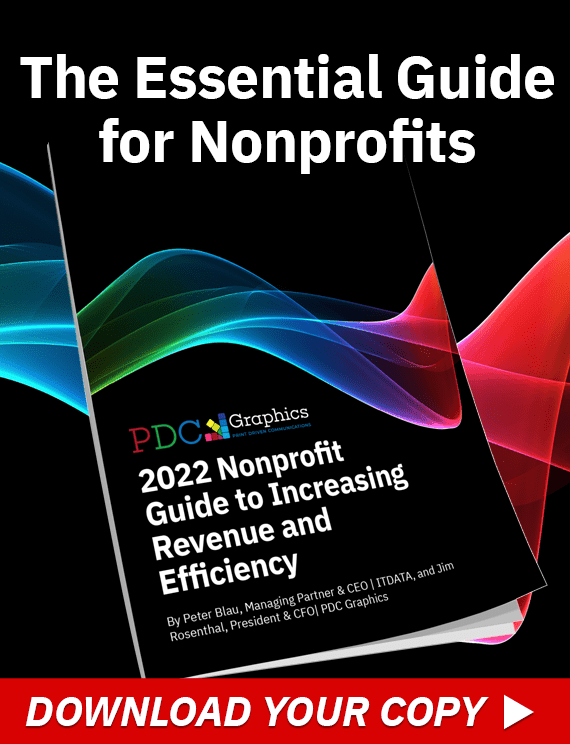
Does your print deadline need the fastest possible turn-around time? When speed is of the utmost importance, there are some things you can do to make sure your commercial printing project moves as smoothly and efficiently as possible.
The first steps are planning and communication, both of which are vital when starting a print project.
Whenever possible, get your printer’s input early regarding:
- Design
- Project checkpoints
- Final editing
Setting a schedule with your printer regarding estimated turnaround and print presets can directly impact the speed with which your project is finished. As soon as you coordinate these details, you’ll establish a timely framework that both parties can stick to.
Planning in reverse
An important aspect of having a commercial printing project completed on time is talking to a printer who plans in reverse, seeing each aspect of the process from its end and working backwards.
For example, if you’ll be mailing the project, you need to know how much time you’ll need for addressing. For a 500-piece project, this isn’t much of a problem. But let’s say that you needed to mail 100,000 pieces.
That job would take about 20 hours. If you start addressing with only four hours left in the day, you won’t make your deadline.
Knowing that the job takes 20 hours, the printer who plans in reverse will deliver to the letter shop three days before the drop date. Without this sort of consideration, the printer might not recognize this time constraint and only allow one day for the mailing.
The same concept applies to projects that involve die cutting or embossing. Each step requires a certain amount of time to produce a properly finished product. The finished die might take a day to arrive. If you don’t account for this in your schedule, this part of the project could jeopardize your chances of meeting your deadline.
Don’t forget the simple things
Simple things can create undue delays that — when not properly accounted for – can cause you to miss a print deadline.
For example, a project might have heavy ink coverage, unbeknownst to the printer. When they finish printing, it might take an extra day for the ink to dry, delaying the project. This might sound like a simple issue, but if the designer doesn’t convey this information to the printer, the printer will not be able to adjust the schedule accordingly.
Every day taken out of a schedule affects the deadline. To return to the mailing example, let’s say a print project needed eight days for production and three days for mailing.
If you needed an extra day for ink to dry, those three days for mailing shrink to two, causing you to miss your deadline.
In most cases, the designer won’t want to be restricted to a timetable when designing, so you can see how scheduling can become an issue as you move down the manufacturing line. A knowledgeable printer will – and should – ask all the important questions the designer doesn’t necessarily consider.
This is why clear communication is so important for your commercial printing job. The more conversation the designer has with the printer, the better chance all schedules will be met.
At PDC Graphics, we pride ourselves on our commitment to communications with our customers and with everyone involved in our print projects.
Whether we’re printing brochures for a trade show or working on a mass mailing campaign, we make sure we take the time to ensure your products are delivered on time. Contact us today to learn more.
